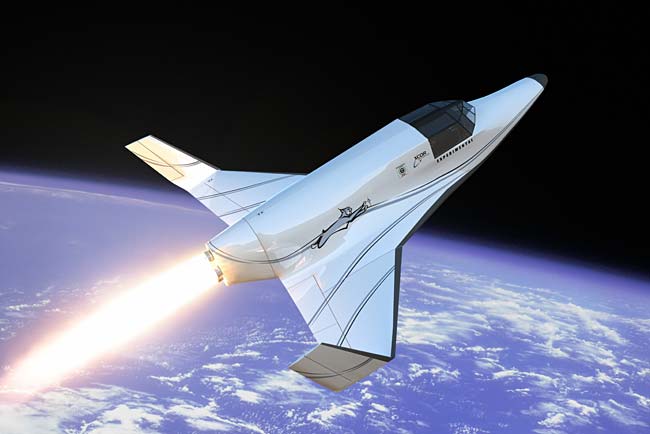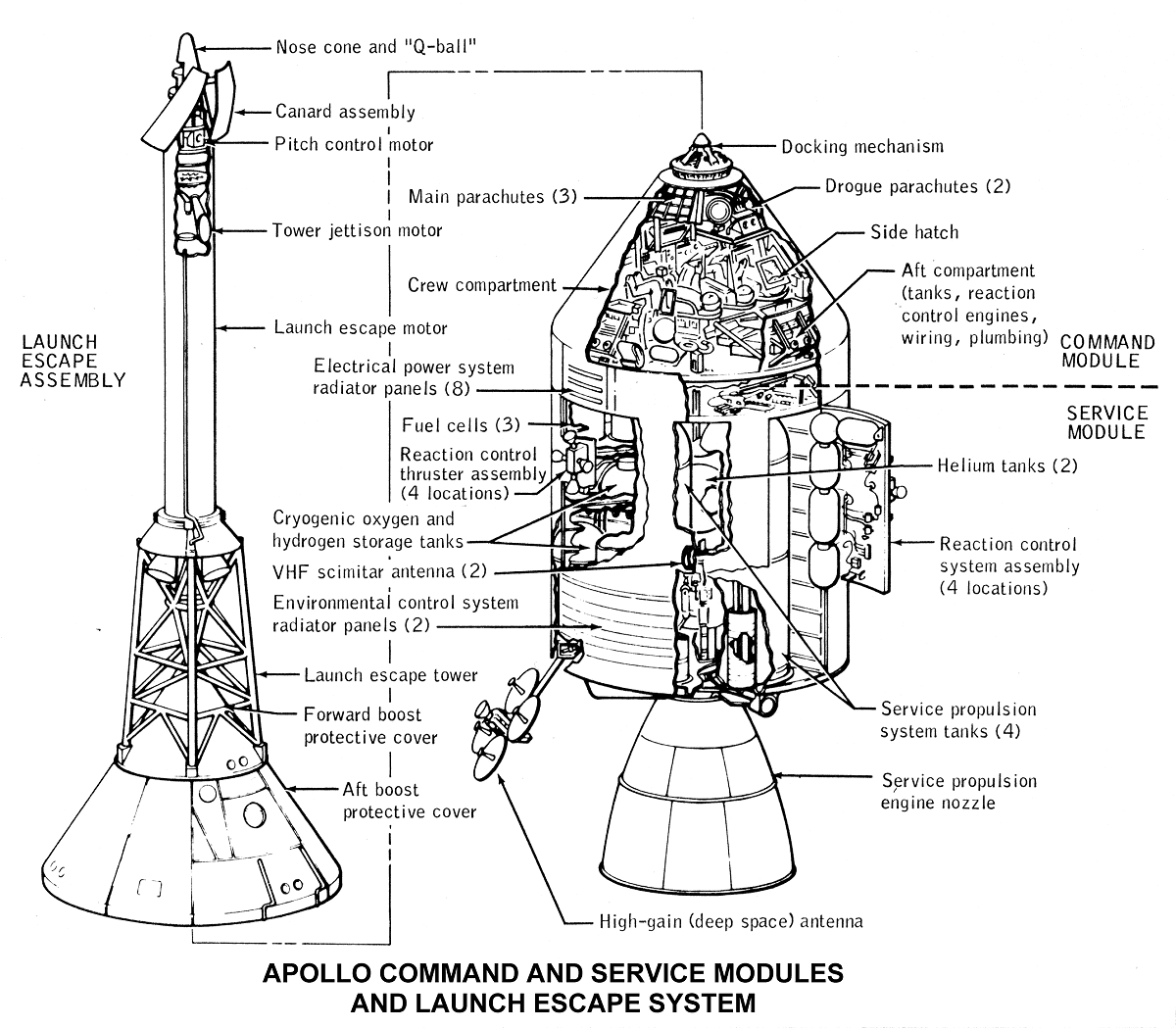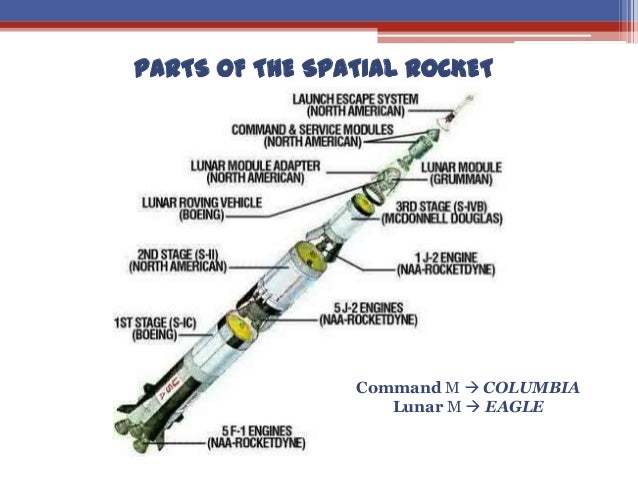A pretty good count of readers checked out my NASA content in the past. Recently, I was sucked into another battle with the powers to be, and decided to dig up more research. There was mixed reviews on all NASA related posts here, so I'm hoping this will rekindle the NASA debate. We'll go over some flight information, photos, and the likelihood of their logic.
This post is highly subjective, but I'll do my best to assert facts, present them, and debate them in a non-liable way, or non-slanderous way, as to be maintain some sense of objective reporting.
First lets study what space is (near vacuum), and what it means to be a vacuum.
From WIKI
Outer space has very low density and pressure, and is the closest physical
approximation of a perfect vacuum. But no vacuum is truly perfect, not even in
interstellar space, where there are still a few hydrogen atoms per cubic meter.
In their own words: "Closest physical approximation of a perfect vacuum." and "a few hydrogen atoms per cubic meter."
So what is a vacuum?
From WIKI
Vacuum is space void of matter.
A vacuum is basically a weightless void, without any matter (solids, particles, atoms.)
So what is space?
From Wiki
Outer space is an even higher-quality vacuum, with the equivalent of just a few
hydrogen atoms per cubic meter on average.
Again, we are told the only matter in space is a few hydrogen atoms per cubic meter.
Is there friction in space?
From NASA
Friction in Space. Yes, when two surfaces rub together in outer space, there will be
friction. Friction is a surface effect and doesn't depend upon there being air. There
is also a force like air resistance from the very sparse gas in space, but it will be
very, very small, since space is a very good vacuum.
What in space causes friction? Solids, such as asteroids, rocks, to name a few, but not only those, particles, and atoms as well.
Since space contains ONLY a few hydrogen atoms per cubic meter, we can assume space is about 99.9% perfect vacuum. We're not including what gravitational forces are for the sake of our discussion, but we would assume these to be pretty light in space, away from planetary forces, yet pretty volatile closer to planetary forces.
That definition of space, to me, is enough to cause question.
How could one create similar environments on earth, study them, and create systems capable of performing in them?
Lets examine some crafts starting with suborbital crafts.
What is suborbital space?
This is an area of space, that technically, is within the earth's gravitational field. This means anyone entering into suborbital space, has NOT truly entered the vacuum of space.
Lets take a look at suborbital space crafts.
SpaceShipOne
britannica.com/eb-media/01/124501-004-F8CBF7EC.jpg
Notice the fins and wings. They are important to suborbital crafts because they rely on a need of aerodynamics, due to flying near the surface of earth. Aerodynamics are needed for takeoff and landing.
SpaceShipOne was created in part by the developers of the popular Quake video game series.
There are a number of photographs of SpaceShipOne. A couple show suborbital flight, but in my mind, they're likely photo-shopped. Where is the photographer?
Here's a new model of a ship, that may not have flown yet.
Lynx
space.com/images/i/000/003/297/original/080326-lynx-flying-02.jpg?interpolation=lanczos-none&downsize=553:*
Another photo-shopped image. Again the ship needs fins, as it will never truly enter the vacuum. It is a suborbital craft.
How does one enter space?
Rockets! How do they differentiate from suborbital crafts? They supposedly enter the vacuum, thus they do not need fins, nor standard aerodynamic technologies.
Rockets rely on thrust to carry them through space.
In many minds, this is where distrust begins. How can thrust be used in zero gravity, in near perfect space, without causing a ship to go headover heels, upside down, or in whatever cardinal, or ordinal, direction is known to man?
I mean, aren't they relying on a few hydrogen atoms per cubic meter to help them out?
Metaphorically speaking, this sounds like a barn relying on a pebble to keep it steady.
Lets take a look at a modern spacecraft.
Soyuz TMA13 spacecraft
wikimedia.org/wikipedia/commons/7/7f/Soyuz_TMA-13_spacecraft_is_transported_by_railcar.jpg
Notice the engines, and stabilizer engines? The tiny swivelling engines give the impression energy expulsion in ordinal directions could stabilize the craft. Crafty enough.
Considering what we know of NASA, this begs the question: Why is it in 2016 they need stabilization engines, yet in the 60's, JUST after tv was invented, they didn't need them at all?
That's what's so funny, in my mind, about the Apollo 11 mission. I'm to believe a pencil can fly in a vaccum, with ONE set of thrusters, that can't move, and do so perfectly?
They can land it, steer it, turn it around, and put it back together again? By what logic!?
How did this:
NASA
http://nssdc.gsfc.nasa.gov/image/spacecraft/apollo_csm_diagram.gif
Which supposedly contains this:
NASA
https://www.hq.nasa.gov/alsj/a11/AS11-40-5863-69HR.jpg
Become this:
NASA
https://www.nasa.gov/sites/default/files/images/372772main_GPN-2000-001212_full.jpg
Good luck getting someone like me to believe the metamorphosis, and
containment, is possible. However, if you can, I'm always willing to
listen.
The duel thruster, non necessary to maneuver, maneuverable, multi-piece detachable, multi-piece menouverable, pencil that launched it all?
Apollo 11
slidesharecdn.com
http://image.slidesharecdn.com/thenasaandtheapolo11-140203154557-phpapp02/95/the-nasa-and-the-apollo-11-13-638.jpg?cb=1391442546
Apollo 11 Engines
extremetech.com/wp-content/uploads/2013/01/saturn-v-rocket-with-f-1-engines-on-the-bottom-640x353.jpg
Those engines look pretty well mounted to me. Also notice how there are NO stabalizer engines. Meaning these solid engines were designed SO well that they did not send the ship in an eternal spin. Even if they can move a little, I doubt the ability to do a flight like this in perfection was even near possible. Why is it, at the time, everyone else failed, but yet one country magically succeeded?
A single solid engine mounted on the Eagle.
NASA
nasa.gov/gallery/images/apollo/apollo11/hires/s69-39011.jpg
How on earth did they figure this out? I try to consider the timeline, and how bogus it sounds.
Where would they test stabilizers? What environment did they test the HUGE ships in, to prove they would perform as intended? How did they manage flight for multiple parts without considerable overhead in the ability to steer such a ship within a near zero force environment such as space?
Lets consider the timeline of space flight up to the 60's.
People constructed spacecrafts capable of flying in space. They had no environment to study in. They launched a few that exploded in mid-air, sad for the families of lost ones, true. Then, by chance, FINALLY, they got one into space. Lucky them. Thankfully, their first zero test ship, that actually made it into space, could perform just as planned!
Not only did they get it into space. The mounted engines worked perfect, the parts detached, flew where they needed to go, and NOTHING sent the ship into an eternal catastrophic spin.
Is this NASA? A joke?
NASA
https://www.nasa.gov/sites/default/files/apollo_1_crew_during_water_egress_training_june_1966_1.jpg










No comments:
Post a Comment